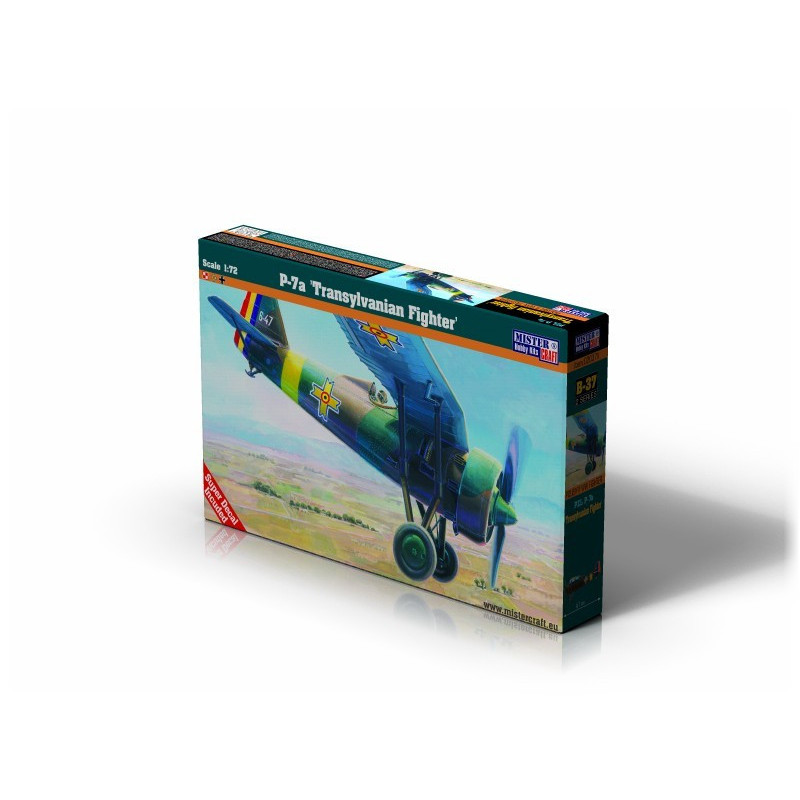- New









 Security policy(edit with the Customer Reassurance module)
Security policy(edit with the Customer Reassurance module) Delivery policy(edit with the Customer Reassurance module)
Delivery policy(edit with the Customer Reassurance module) Return policy(edit with the Customer Reassurance module)
Return policy(edit with the Customer Reassurance module)The PZL P.7 was a Polish fighter aircraft designed in the early 1930s at the PZL factory in Warsaw. It was the main fighter of the Polish Air Force between 1933 and 1935. The PZL P.7 was replaced in Polish service by its follow-up design, the PZL P.11c. More than 30 PZL P.7 fighters remained in service during the Invasion of Poland, scoring several kills despite its obsolescence.
The PZL P.7a entered service in spring 1933, replacing PWS-A (licence Avia BH-33) and PWS-10 fighters. Consequently, the Polish Air Force became the world's first air force entirely equipped with all-metal monococque fighters.[1][3] When the P.7 entered service, it was a modern fighter, comparable to or better than contemporary designs, but due to rapid progress in an aircraft technology, it became totally obsolete by 1939. From 1935, in most combat units the P.7 was replaced by the PZL P.11, which was only slightly more modern. The P.7as were then moved to air schools.
At the outbreak of World War II on 1 September 1939, the Polish Air Force still had 30 PZL P.7a fighters in combat units. A further 40 were in air schools, 35 in reserve or repairs – a total of 106 available aircraft. The P.7as were used in three squadrons, each with 10 aircraft. The 123rd Squadron was in the Pursuit Brigade, deployed around Warsaw, the 151st and the 162nd Squadrons were assigned to land Armies. Despite being obsolete, they took part in the defence of the country during the German invasion of Poland. Apart from combat units, at least 18 P.7a fighters were mobilized in units improvised at air bases in Dęblin and Ułęż.
Data sheet
Specific References
No customer reviews for the moment.